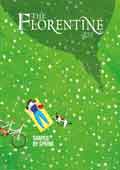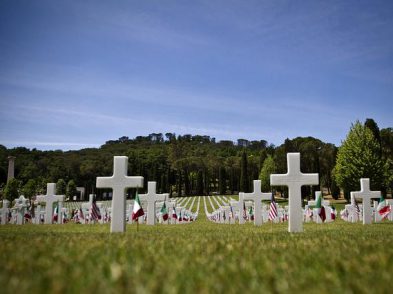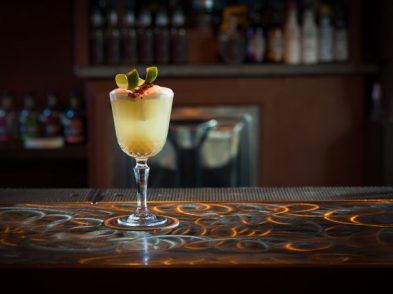The 31 bus stops at the Gino Bartali bicycle museum in Ponte a Ema, where the cycling great was born on the southeastern side of Florence 100 years ago, but this sort of pilgrimage called for a bicycle ride. I had brought my bike for my five-month stay in Florence to get around the city and for excursions out of town, so on one of those lovely lemon-blue spring days at the end of March, I headed east along the Arno and then took a gently winding climb to the south just a couple of miles out. I was heading to the Bartali museum.

One of the wonderful things about Florence is that you can be under the shadow of the Duomo and then, within a matter of a dozen blocks, feel the city fall away behind you as the roads narrow and the soft hills draw you in, as the birdsong replaces the traffic noise and the wood-smoke smell of olive tree cuttings tells you the city will easily let you go, just as it will happily welcome you back, even if with dramatically open arms, as it will if you return by one of the old city gates (one of my favorites is Porta Romana). All the better on a bike.
I had just read a biography of Bartali, whose story is an inspiring one, including winning the Tour de France in 1938 and then again almost impossibly in 1948, after the war, during which he literally rode his bicycle as a part of the Florence resistance movement to help Jews to escape Italy (see theflr.net/bartali). His is a great story, and I had been enjoying riding along the same country roads in the outlying areas around Florence as he had trained on so many years ago.
In a town with all its world-renowned museums, the Bartali museum is a starkly modest affair, little more than a couple of rooms with a phalanx of old bicycles, a few worn-out jerseys and a line-up of dog-eared photographs in a smallish space on a nondescript street. I was not even sure it was open until I walked into the garage on the first floor and pushed a half-opened door into a large office, where two elderly gentlemen welcomed me and took me upstairs. I was the only visitor.
My guide spoke no English, and I told him I understood very little Italian, but that did not keep him from graciously walking me through the entire exhibit for about 45 minutes of what I think was a mix of history, technical innovation, personal observation, and something like reverie. We did not seem to need to speak the same language to appreciate a fine bicycle or to agree on the historic accomplishments of this local legend.
Bartali was one of the truly great riders in the golden age of cycling. If you like old bicycles (about 40 of them, from the mid-nineteenth century on), follow cycling, like these sorts of small-time off-the-grid collections, or just want to go to a place where there is never a line, check it out.
H. G. Wells said, ‘Whenever I see an adult on a bicycle, I do not despair for the human race.’ Florence is, in this sense, a hopeful town, and there is a spark of that spirit in this quiet out-of-the-way stop on the edge of town.
For more information (in Italian), see www.ciclomuseo-bartali.it/web.




